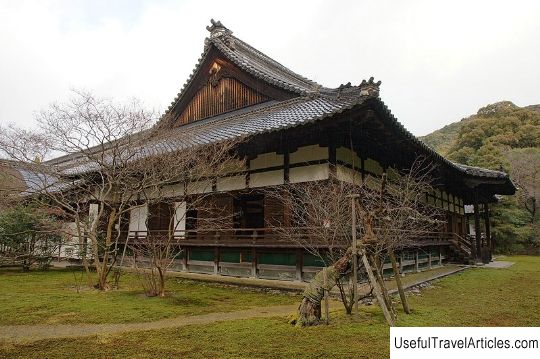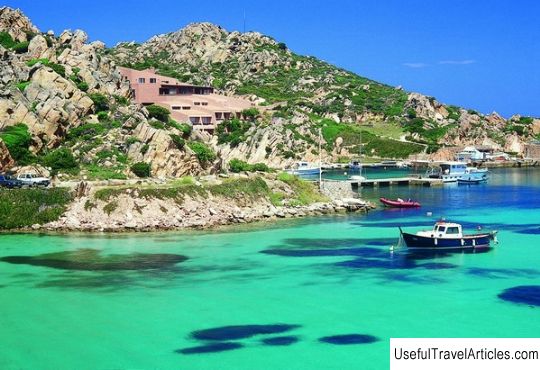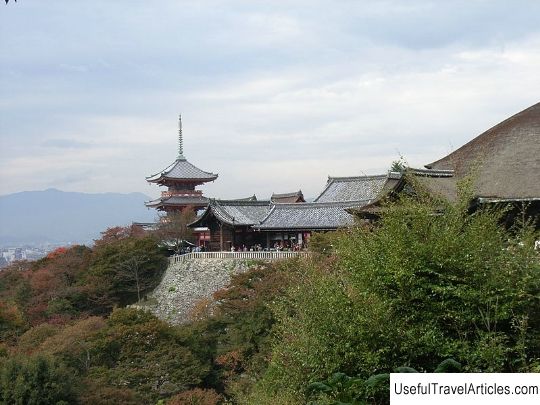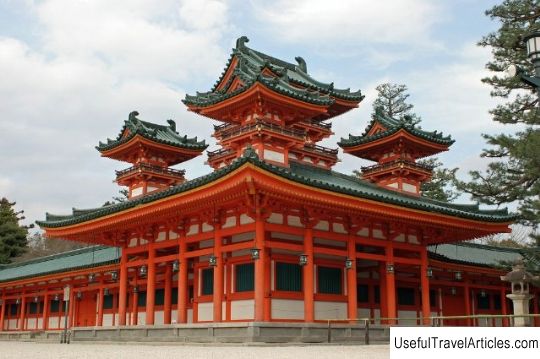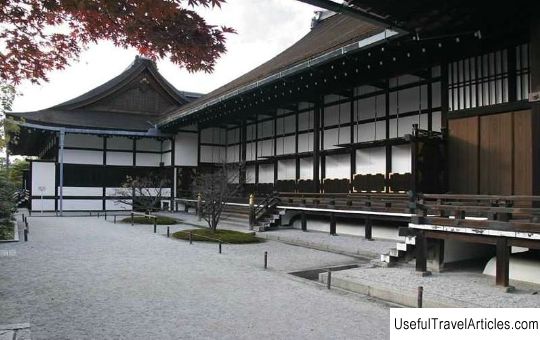Temple complex Ninna-ji (Ninna-ji) description and photos - Japan: Kyoto
Rating: 7,8/10 (1943 votes) 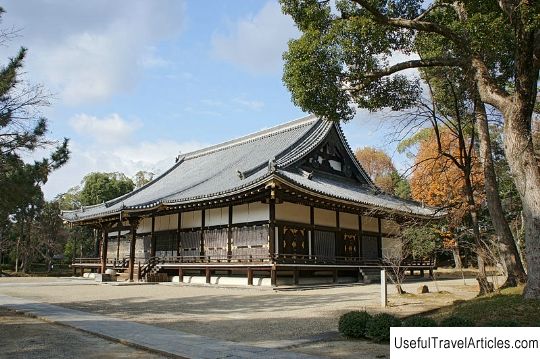
Ninna-ji temple complex description and photos - Japan: Kyoto. Detailed information about the attraction. Description, photographs and a map showing the nearest significant objects. The title in English is Ninna-ji. Photo and descriptionThe construction of the Ninna-ji monastery began in 886 by one emperor - Kyokyo, and completed two years after the death of another's predecessor - Uda. After his abdication, Emperor Uda himself took monastic vows and became a monk. Due to the fact that the retired emperor lived here the rest of his days, the monastery received the unofficial name "The Old Imperial Palace of Omuro". The official name of Ninna-ji is translated as "The Monastery of Human Harmony". Since the founding of the temple and until the second half of the 19th century, the sons of the emperors became the abbots of the monastery, who took the vow of monasticism at the behest of their fathers. The monastery passed the test of fire three times: during a fire in 1119, the complex lost most of his buildings, and during the Time of Troubles Onin (1467-1477) only ashes remained in its place. It was restored only in the 17th century, and even then not completely. How large the monastic possessions were, is evidenced by 88 models of pilgrimage temples that once stood on its territory, which were installed behind the garden. In 1887, part of Ninna-ji's buildings burned down, but restoration began only after more than two decades. Today, Ninna-ji is the main monastery of the Buddhist sect Shingon Omura and is located in the Ukyo region of the old Japanese capital. The main shrine of Ninna-ji is the statue of Buddha Amida. The main temple of the Ninna-ji Monastery is a UNESCO World Heritage Site, and some of its buildings and the rarities stored in it have the status of a national treasure of Japan - in particular, Kondo - the main hall of the temple, a wooden image of Buddha, the image of the Kujaku deity on silk and others. The inside of the temple is decorated with unique paintings and other works of art. The territory of the temple complex is divided by several high walls. In the southwestern part of it, there is a pond and pavilions that house treasures and ancient works of art. To the north is the main hall of the Condo, a five-tiered pagoda and a cherry orchard, where the Omuro Cherry variety has been cultivated for many years, which blooms later than everyone else. Omuro ikebana school is located at the temple.         We also recommend reading House Graben Hof description and photos - Austria: Vienna Topic: Temple complex Ninna-ji (Ninna-ji) description and photos - Japan: Kyoto. |
